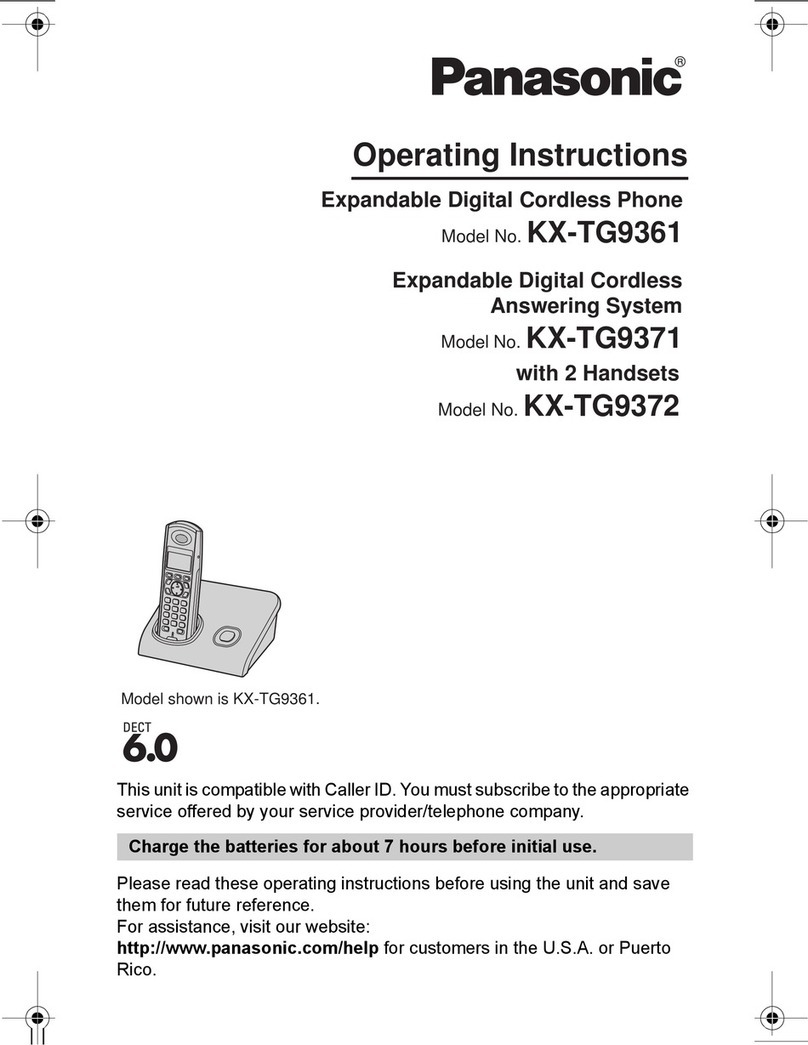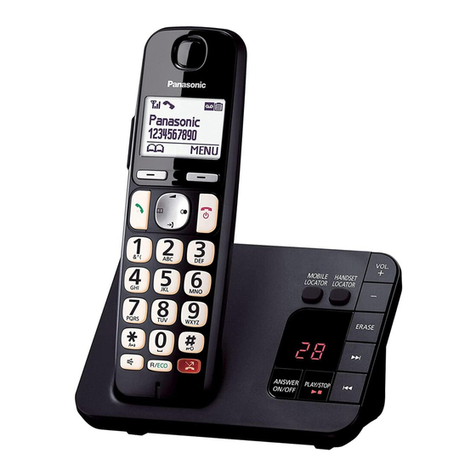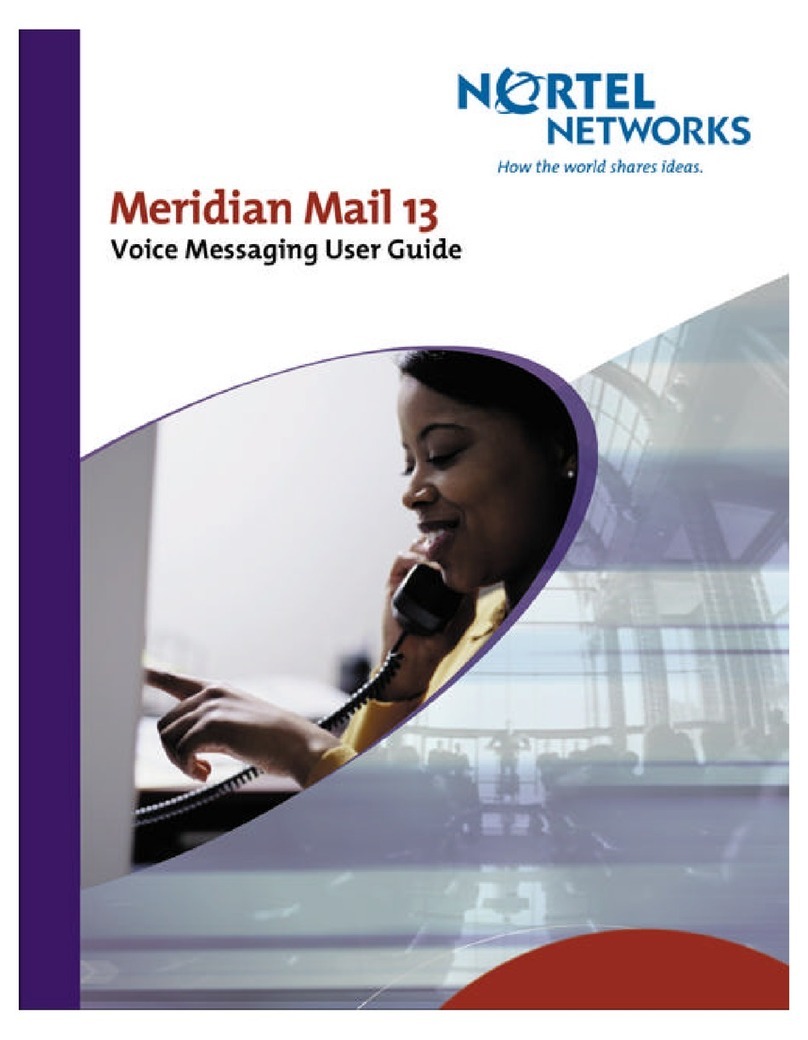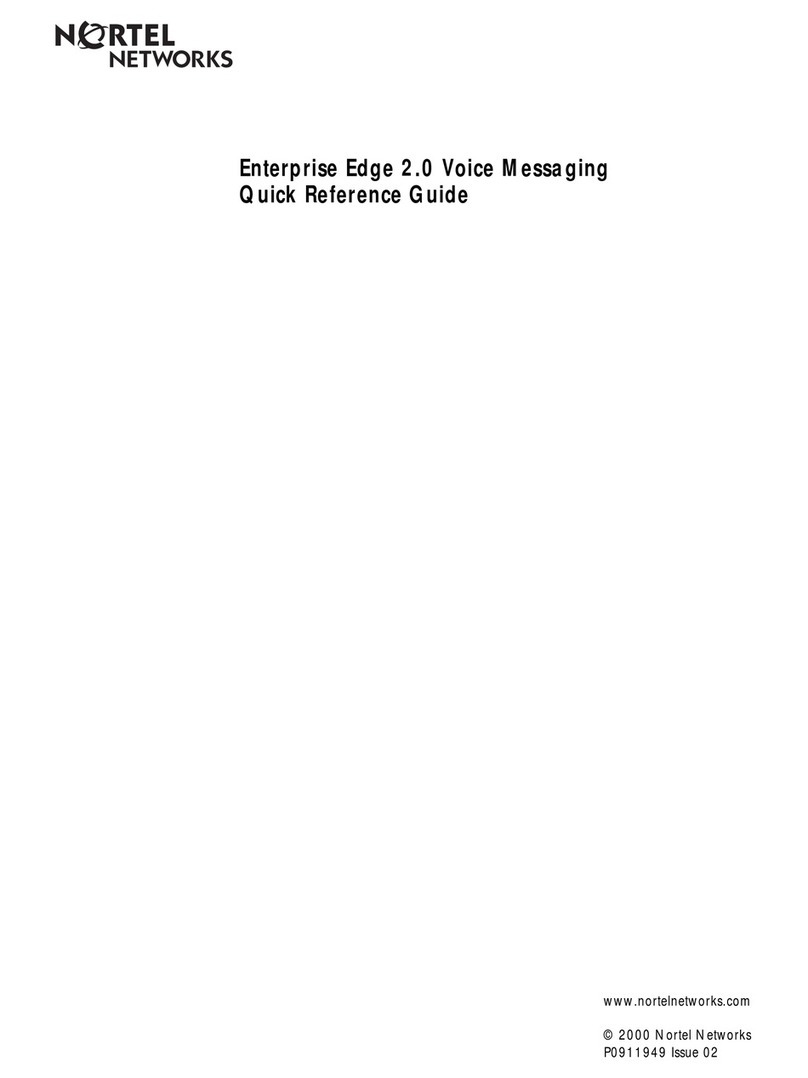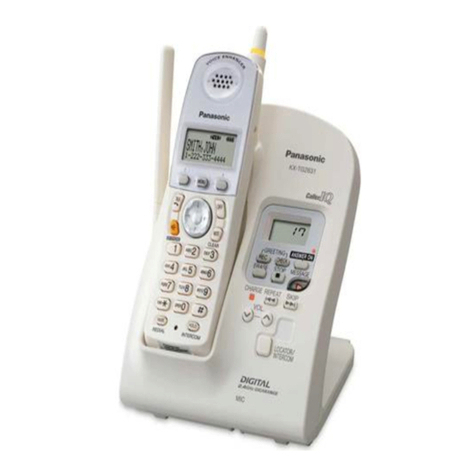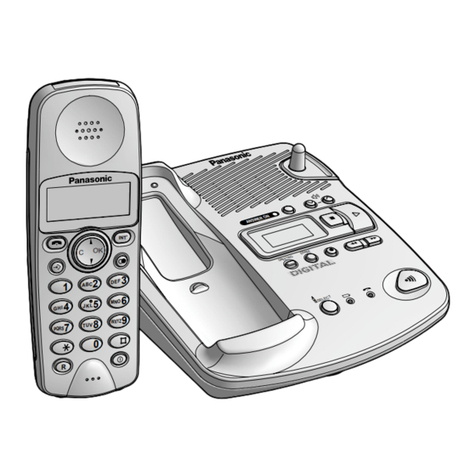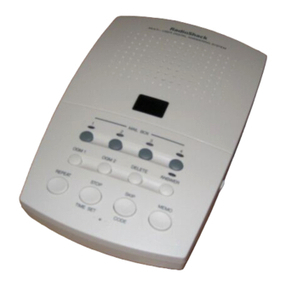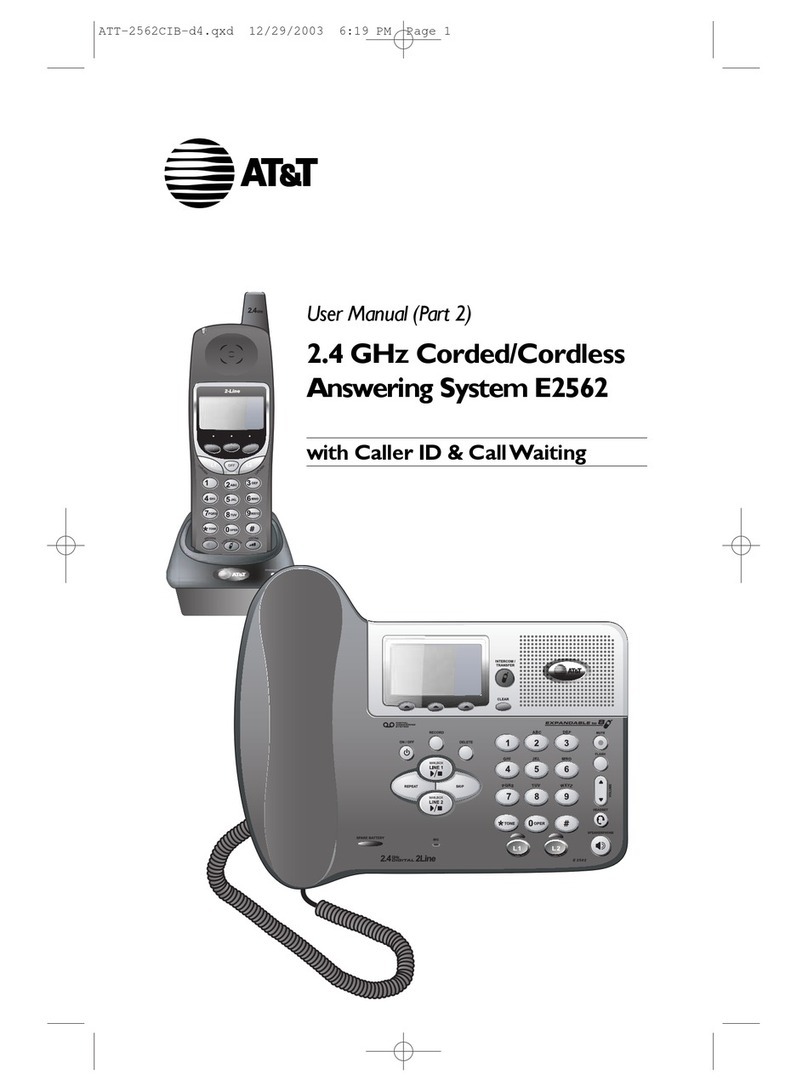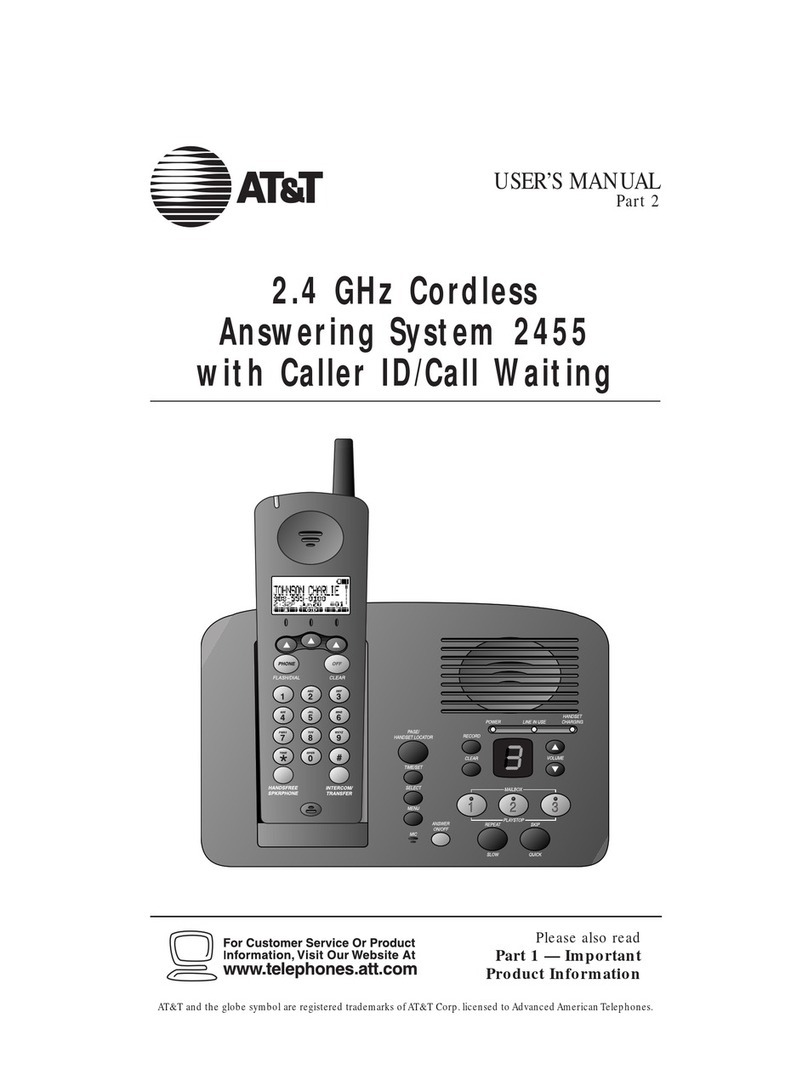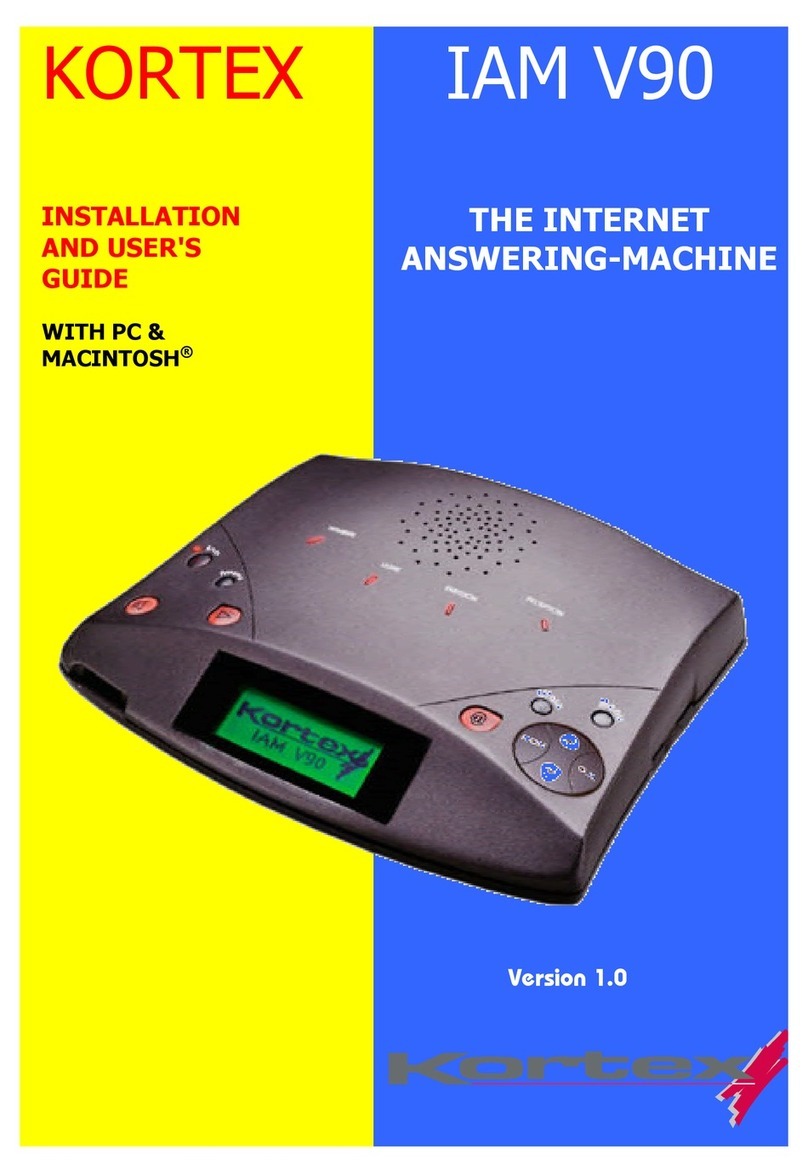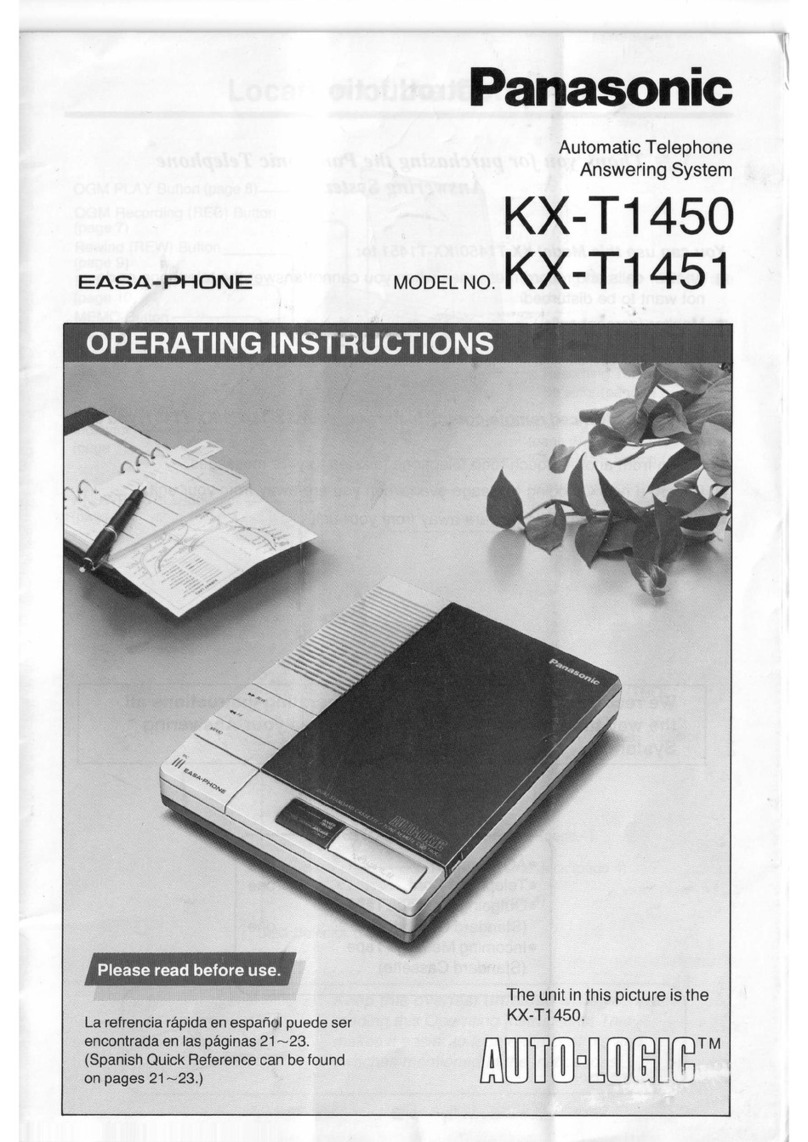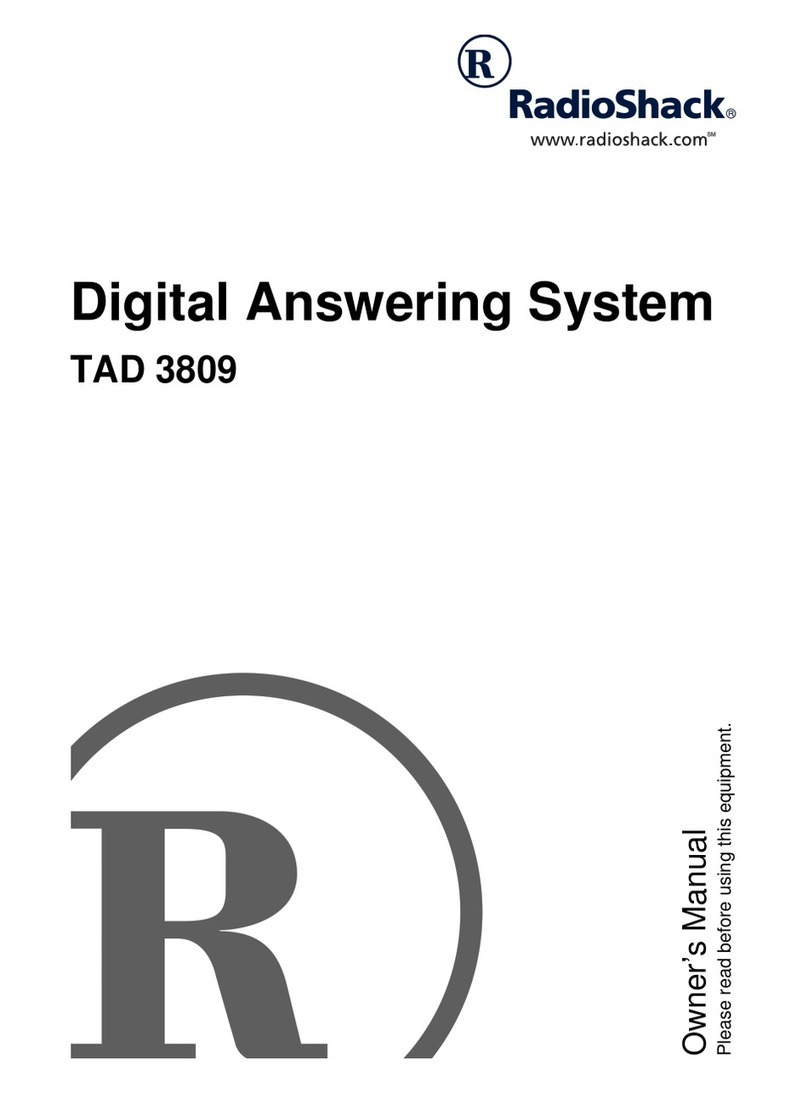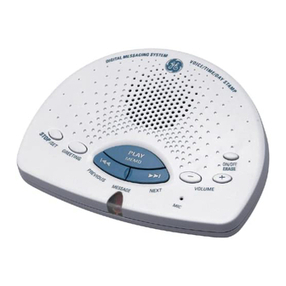
AT&T IP Flexible Reach and AT&T IP Flexible Reach with AT&T Business in a Box
Nortel BCM50 Release 3 0 SIP Configuration Guide
*Nortel, Nortel Networks, Nortel (Logo), the Globemark, CS1000 are trademarks of Nortel Networks.
Issue 1 5 Page 7 of 38
2 Special Notes
Emergency 911/E911 Services Limitations and Restrictions
Although AT&T provides 911/E911 calling capabilities, AT&T does not warrant or
represent that the equipment and software (e.g., I BX) reviewed in this
customer configuration guide will properly operate with AT&T I Flexible Reach
to complete 911/E911 calls; therefore, it is Customer’s responsibility to ensure
proper operation with its equipment/software vendor.
While AT&T I Flexible Reach services support E911/911 calling capabilities
under certain Calling lans, there are circumstances when that E911/911 service
may not be available, as stated in the Service Guide for AT&T I Flexible Reach
found at http://new.serviceguide.att.com. Such circumstances include, but are
not limited to, relocation of the end user’s C E, use of a non-native or virtual
telephone number, failure in the broadband connection, loss of electrical power,
and delays that may occur in updating the Customer’s location in the automatic
location information database. lease review the AT&T I Flexible Reach Service
Guide in detail to understand the limitations and restrictions.
BCM Soft Phones not currently supported
Nortel BCM soft phones are not currently supported with the AT&T I Flexible
Reach and AT&T I Flexible Reach with AT&T Business in a Box Services.
Ring back Issues with Unattended Transfers
An unattended transfer is one in which the party initiating the transfer hangs up
prior to answer by the party to whom the call is being transferred. When 2
phones are in an active call on the BCM50 and one of those phones performs an
unattended transfer to certain endpoints on the AT&T network, the BCM50
phone remaining on the call will not hear ring back prior to answer.
T.38 ax must be used
Nortel recommends using T.38 as the means to transport fax on the BCM50.
No NAT Device between BCM50 and BIB Managed Router
Due to a limitation in the AT&T Managed Business In a Box (BIB) Router
software, the network configuration at Customer remise CANNOT contain any
NAT device between BIB Router and BCM50 I - BX system. A network
configuration with a NAT device between BIB Router and BCM50 results into no
voice path for any direction calls.
